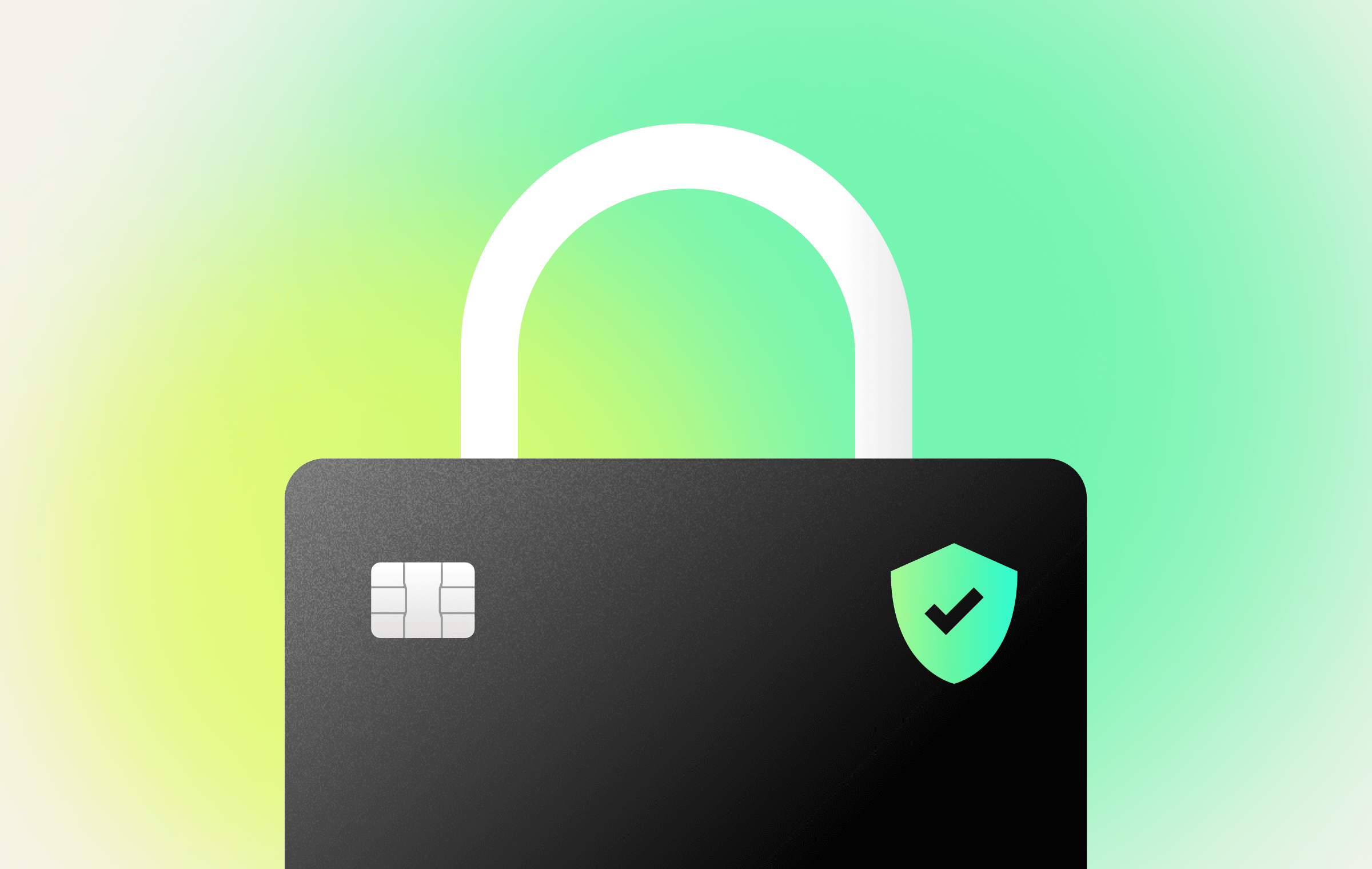Highnote: Powering Flexibility Across the Credit Spectrum From Secured to Unsecured

Being the most modern card platform means powering flexibility. One way Highnote does that is by enabling the full spectrum of credit, from secured to unsecured credit cards – without the need to switch the Payment Account Number (PAN) when upgrading or downgrading a cardholder to a new credit plan.
But what exactly are the differences between these card types, and when would it make sense to offer one over another? Let’s dive in and explore. Along the way, we’ll uncover why Highnote’s ability to cover the entire continuum of credit cards is a differentiator for companies looking to have a modern card program.
What is a Secured Credit Card?
A secured credit card requires something to secure the line of credit -- generally a deposit. Sometimes, this deposit is less than the credit limit. For instance, a $200 deposit might secure a $500 credit limit. This setup slightly lowers the risk for the lender while allowing cardholders to access a higher credit line than their deposit alone would permit.
- Note: There is technically a more strict form of secured credit card, known as fully secured, in which the deposit amount equals the credit limit. However, these are functionally the same as debit cards in usefulness to the cardholder and are, therefore, far less commonly used.
What are the Benefits of a Secured Credit Card for Your Program?
- Broadened market share: Because the deposit amount is less than the credit limit, secured credit cards can help with cash flow for customers who don’t want to tie up a lot of money onto a single credit card but who don’t qualify for more flexible terms of more premium credit offerings.
- Deepened relationships: While the deposit offsets some risk, having the option available allows card providers to maintain relationships with applicants they've invested time into marketing but who may not meet the requirements of an unsecured card.
What is the Ideal Customer Profile for a Secured Credit Card?
While this varies and is specific to each card company, generally, we’ve noticed that secured credit cards are good for:
- Applicants with below-average credit who can afford a small deposit.
- Those who are improving their credit and can manage slightly higher credit limits responsibly.
What is an Unsecured Credit Card?
Unsecured credit cards do not require a deposit. The credit limit is based on the cardholder’s creditworthiness, which is assessed through their credit history, income, and other financial factors. A broad category that encompasses both charge cards (cards that must be paid in full each month) and revolving credit cards (cards that only require a minimum payment each month and can carry a balance), these cards make up most standard credit offerings in the market.
While a card that requires no security presents a greater risk, there is often a higher payoff, as customers who fit the profile tend to have a strong history of repayment and are often generally more open to adopting a wider range of financial products and services.
What are the Benefits of an Unsecured Credit Card for Your Program?
- Higher revenue potential: Typically, these cards offer higher credit limits and the possibility of generating more revenue through interest, fees, and card usage.
- Differentiated products: This card type allows for more targeted rewards, such as loyalty programs for specific merchants, making it a more useful tool for building stronger customer relationships.
What is the Ideal Customer Profile for an Unsecured Credit Card?
While this varies and is specific to each card company, generally, we’ve noticed that secured credit cards are good for:
- Applicants with good to excellent credit and/or a high income.
- Those likely to apply and qualify for premium card offers or rewards programs.
Counteroffer Applications: Powering Seamless Credit Spectrum Journeys
Building our credit program from scratch, we knew we could help improve our customers' user experience while expanding their market reach. Enter counteroffer applications, a technology we built at Highnote that allows our customers to seamlessly offer a different credit product when applicants do not qualify for the original credit product for which they had applied. With Highnote, card applicants who may have only fit into one box based on their risk profile can start on a flexible glide path, with our customers able to recommend whatever tool makes the most sense for the applicant's financial circumstances.
Example: Today’s Dreamer is Tomorrow’s Doer
Consider a recent college graduate with immense ambition and potential but no credit history. When she goes to apply for her first unsecured credit card out of college, she’s met with rejection due to her high-risk profile. Already frustrated, she’s forced to apply for a secured credit card from a different provider – with no desire to ever return back to the first company.
Now, imagine her journey with a card provider using Highnote’s platform. While she’s still denied an unsecured card, she’s seamlessly given the option to choose a secured credit card with no additional frustrating paperwork or wait times. As she progresses in her career, her card provider gathers rich spending history and repayment behavior using Highnote’s technology. Soon, it’s enough to reduce her risk profile, and she may choose to upgrade to an unsecured card with a higher limit with ease. Presented with a positive experience throughout her journey, she becomes a satisfied and loyal customer.
The Future of Embedded Payments: No More Boxes
Our customizable approach means our customers have more opportunities than ever to produce innovation, drive a more positive user experience, and empower their customers. The future of financial services is no longer one-size-fits-some. Instead, it is tailored to the diverse needs of businesses and their customers.
Done with inflexible solutions that don’t meet the needs of your customers? Talk to us today.